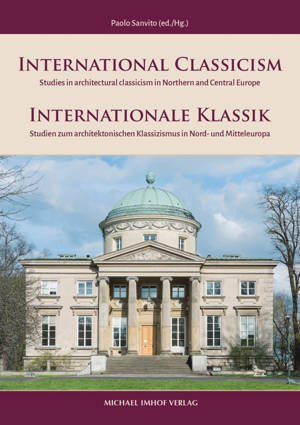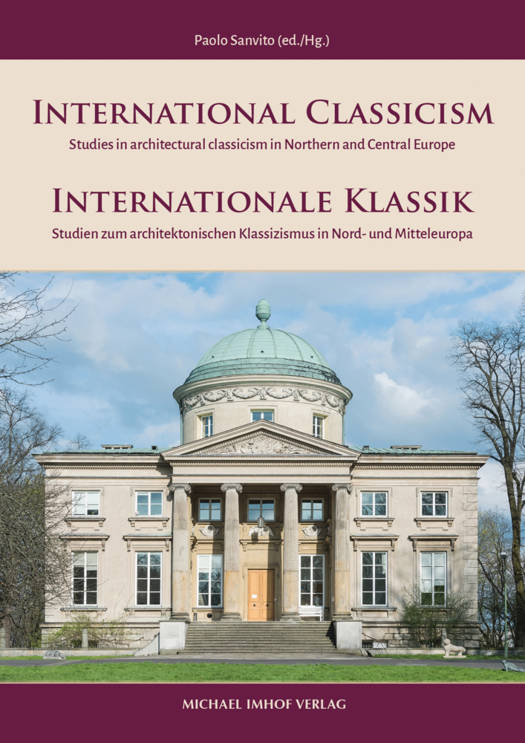
- Afhalen na 1 uur in een winkel met voorraad
- Gratis thuislevering in België vanaf € 30
- Ruim aanbod met 7 miljoen producten
- Afhalen na 1 uur in een winkel met voorraad
- Gratis thuislevering in België vanaf € 30
- Ruim aanbod met 7 miljoen producten
International Classicism / Internationale Klassik
€ 49,45
+ 98 punten
Omschrijving
Can we speak of Palladian or more generally of Venetian influences to describe several trends in architecture north of the Alps after 1600? Can we also categorize this as a classicist phenomenon, or was this word rather the product of later developments? This book is dedicated to the many stylistic influences that the work of Palladio's successors had on European architecture. However, the conference on which this collection of essays is based deliberately refrained from a reconsideration of the well-known, primarily English or Irish Palladianism.The lectures of a group of renowned experts from European and American universities showed clearly and impressively that although the paths taken by the classicists between Paris and Vilnius have been extremely diverse, they helped etablish the basis for a universal architectural language on the continent.
Specificaties
Betrokkenen
- Uitgeverij:
Inhoud
- Aantal bladzijden:
- 186
- Taal:
- Engels, Duits
- Reeks:
- Reeksnummer:
- nr. 204
Eigenschappen
- Productcode (EAN):
- 9783731912668
- Verschijningsdatum:
- 19/06/2025
- Uitvoering:
- Paperback
- Afmetingen:
- 200 mm x 15 mm
- Gewicht:
- 890 g

Alleen bij Standaard Boekhandel
+ 98 punten op je klantenkaart van Standaard Boekhandel
Beoordelingen
We publiceren alleen reviews die voldoen aan de voorwaarden voor reviews. Bekijk onze voorwaarden voor reviews.









